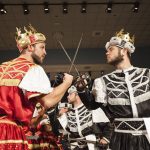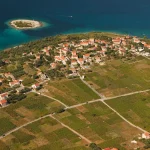May 21, 2018 – We are delighted to welcome Maja Žuvela to TCN. A Korčula native, May will be bringing a little Dalmatian island. Maja starts with a look at the famous Moreška sword dance, from the perspective of a proud local and a proud mother.
If you have ever googled anything about Korčula, among the first things that pops out is the sword dance Moreška. If you have ever been at least vaguely interested in the landmarks of Croatian culture, you may have heard about Moreška, the pearl of Croatian and Korčula heritage.
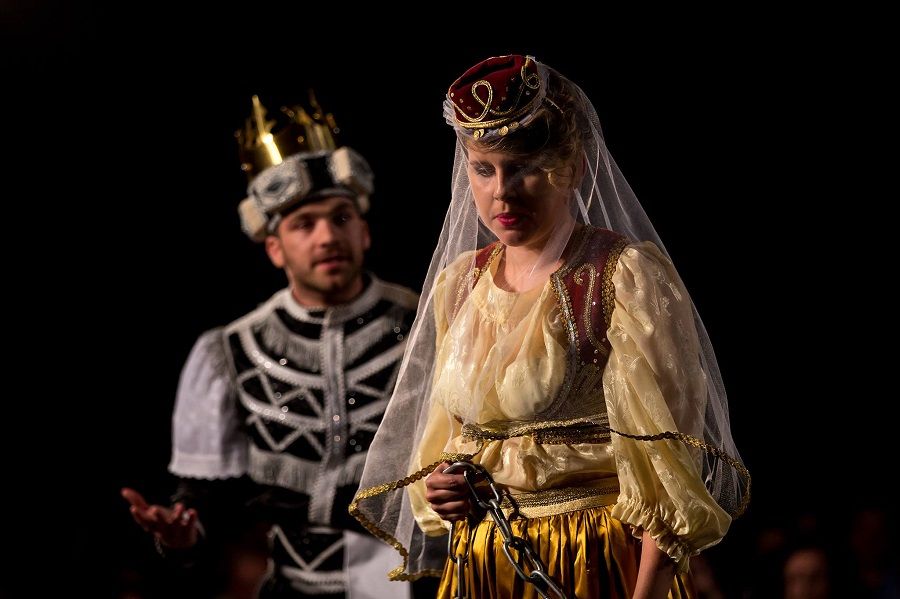
(Photo Damir Pahic)
The word itself means Moorish, derived from the Spanish adjective “Morisco “ or the Italian “ Moresco“, since it came originally from Spain, Sicily or Italy. The first recorded performance of Moreška was in 1156 in Lerida, portraying a Christian and National victory over the Moors and their expulsion from Aragon. From the 12th century and particularly in the 16th and 17th century, the dance spread to many Mediterranean countries and, through Spain, even to Germany and England. It was frequently locally moderated in regards to its music, protagonists and even to its plot. In most of the Mediterranean Moreška survived until the end of the 18th century and in Italy and Dalmatia till the close of the 19th century.
But this is not the case in Korčula! It has been preserved since it first came here somewhere in the 16th century and is still performed in its original war–dance form. We are the proud keepers of its tradition for four centuries! The text, patterns and music have been slightly altered but the original form is still preserved only in Korčula.
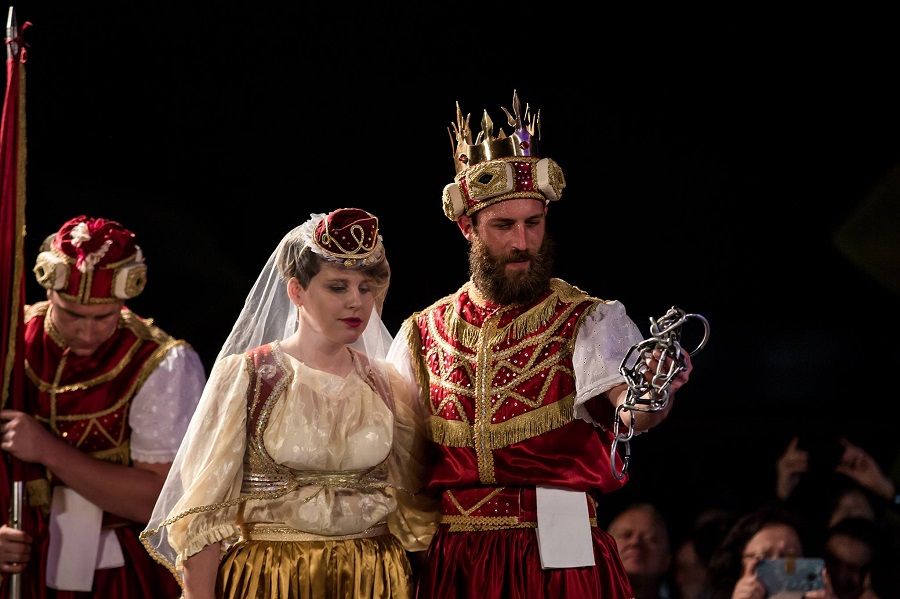
(Photo Damir Pahic)
Every family in Korčula is proud to have its young son as a young Moreška dancer (moreškant) or a daughter as Bula, the only female character, the fiancée of the White King. In a shorter version the two armies of the White and Black King fight for Bula because the Black King, Moro, who is in love with her, imprisons her and wants her to be his wife. Bula loves The White King, Osman, and although The Black King offers her the kingdom of his father, she wants to return to her beloved Osman. There is the introductory part, Sfida, the menacing dance of the Black King, and seven different figures (or “ kolaps“) danced with the real, steel swords between the armies of the two Kings. In the end, as always, love conquers all! She is back in the arms of her beloved White King while the Black King admits his defeat and surrenders.
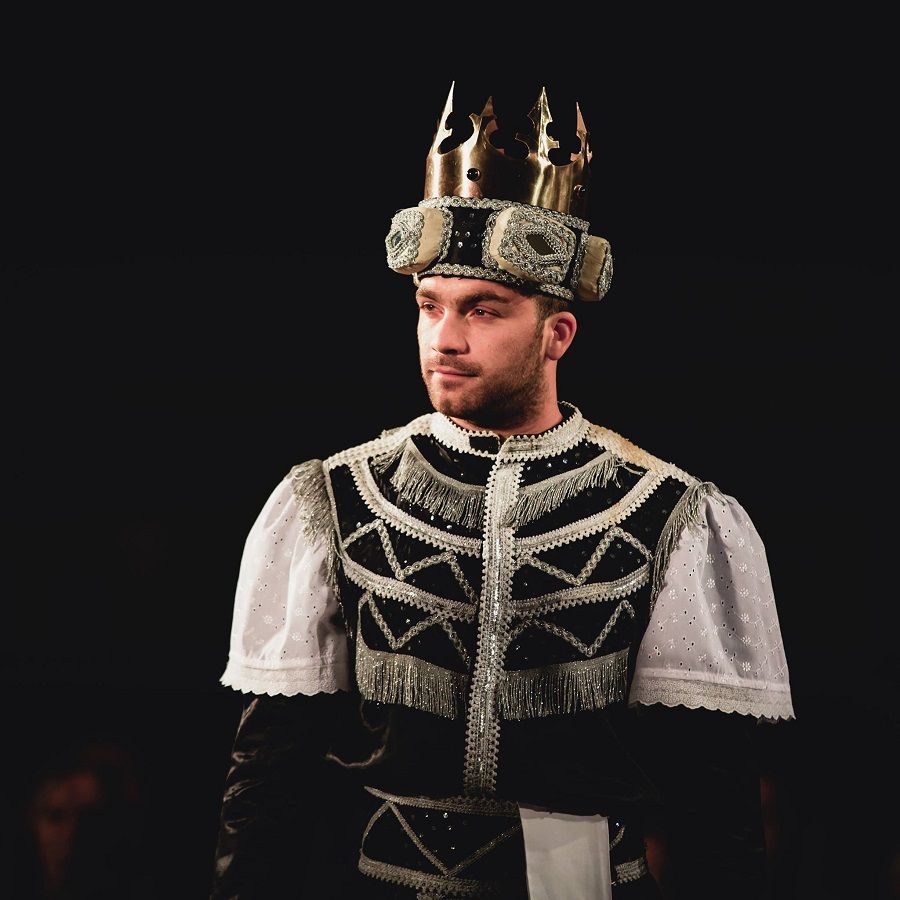
(Photo Damir Pahic)
I have been watching Moreška my whole life and it is incredible that you can watch it over and over again and still be amazed by its performance, the strength and stamina of the moreškants (the dancers), their passion, their skill and wish to give themselves as much as possible in the fighting, which makes it look quite realistic. You often get the impression they are not acting at all! I sometimes wish I could see the dance for the first time all over again to get the strongest possible thrill again. You have to feel the adrenaline when you see the sparkles flying off the swords or even some blood. Not very desirable, though, so if you are watching it in the first row, it adds to the thrill or you get a bit upset, it depends on you. But do not worry, it is something we are used to. I have been reading some comments, rare ones though, that Moreška is a bit repetitive?! Pay attention people, please! Every “kolap“ is completely different: different speed, steps, music and energy. I envy those of you who have not yet had the chance to see its performance since you never have the second chance to get the first impression. But I love it over and over again. Proud to be a Korčulan! Definitely must see if visiting Korčula!
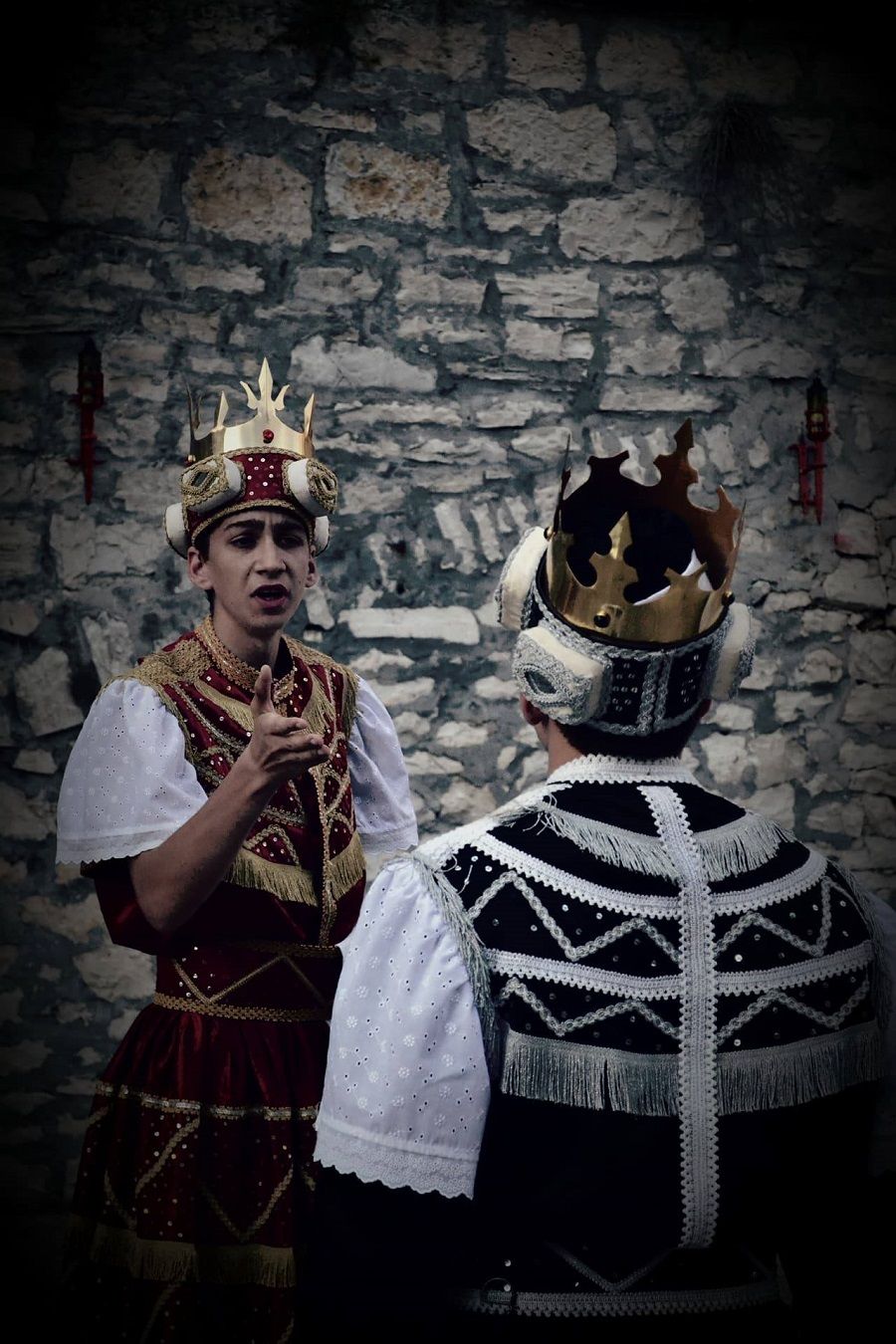
(Photo by Lovro Krstulović)
One of the proudest days of my life was when my two sons started to dance Moreška, their first performances (although they all do it for the first time already in the kindergarten in the child-like, shortened versions). And that is the experience that only Korčula-born parent are privileged to have. My younger son was so lucky to have his first performance with his friends only, both armies consisted of Moreškants only boys aged 13 to 15. Could you imagine how proud we were, their parents, our joy, delight, excitement during that special event?! And I am not exaggerating at all! Perhaps those are the feelings that you have when your child is an athlete and wins a gold medal in some national competition. I wouldn`t even compare it to the happiness after graduation because there is the same amount of pride but not enough adrenaline in the latter to be compared with. Not to mention the emotions when two brothers, or fathers and sons dance together. Or a boyfriend who is the King and his girlfriend who is Bula. Falling in love all over again!

(Photo by Lovro Krstulović)
During the few last years there have been different variations of the original dance considering the music it accompanies. The first such attempts started with the Korkyra Baroque Festival in 2012, a unique cultural event which has also enriched of our cultural offer in summer. KUD Moreška (for your information, there are two companies and two Moreškas in the town, and they both perform Moreška for tourists and locals) performs the sword dance accompanied by the Croatian Baroque Ensemble in its unique baroque version at the opening ceremony in September every year. Something different, a bit unusual but interesting and worth seeing, that is for sure. It is important to emphasize that the music was reconstructed from the original score, so although it is different, the aim was to stick to its roots.
The newest version of the music of Moreška is composed by Rolin Humes, the rock band conducted by Robert James Hudulin, a musician from Brna, a village on the island of Korčula, born in Australia, who lives and works in Sisak. It was his idea to give life to industrial centers and help local communities so they launched the project “Live Grow Flourish“ ( Živi Rasti Cvjetaj ) in 2017. Hudulin invited KUD Moreška to be a part of the project with his contemporary interpretation of Moreška, accompanied by a rock adaptation of its original music. After the last year summer premiere at the location of an abandoned thermal power plant near the ferry port of Korčula, last weekend KUD Moreška was invited as the honoured guest to Sisak to perform it again, this time in the authentic scene of their industrial port of Sisak, with the trains, cranes, grain tanks and alike as its scenery near the river of Kupa. That was the second time that the people of Sisak enjoyed the sword dance of Moreška in their town. (The first time they had a chance to see it in its traditional version in 2014.) The Moreška dancers were welcomed by the Mayor of the Town of Sisak and they all hope that this is only the beginning of a wonderful friendship between the two towns, confirmed Bojana Silić –Krstulović, the president of KUD Moreška.
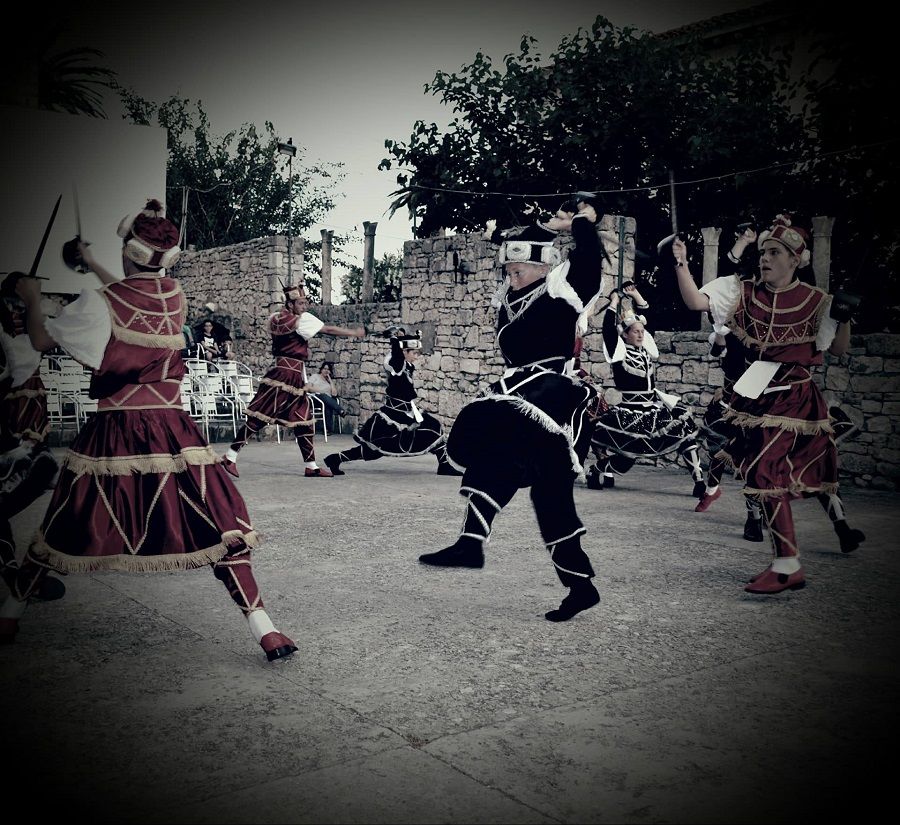
(Photo by Lovro Krstulović)
We can argue whether this is a good thing to improvise with the traditional sword dance or not, to accompany it with baroque, rock, jazz, blues or whatever other music we can think of. There are always pros and cons, but we all know the original version is something so precious to all of us in Korčula and these are just small trips into the unknown, trips you always know how to find the way back home. We should also be proud that so many artistic people find the dance so intriguing to play with it in their different, creative ways. They have opened new doors where you can be imaginative and inspired by it in so many different ways. Everyone is entitled to their opinion, but, in my humble opinion, there should be no pros and cons. Moreška is a timeless treasure, is and always will be as it once was, faithful to its original form, our true legacy, at least here in Korčula! And nothing else matters!

